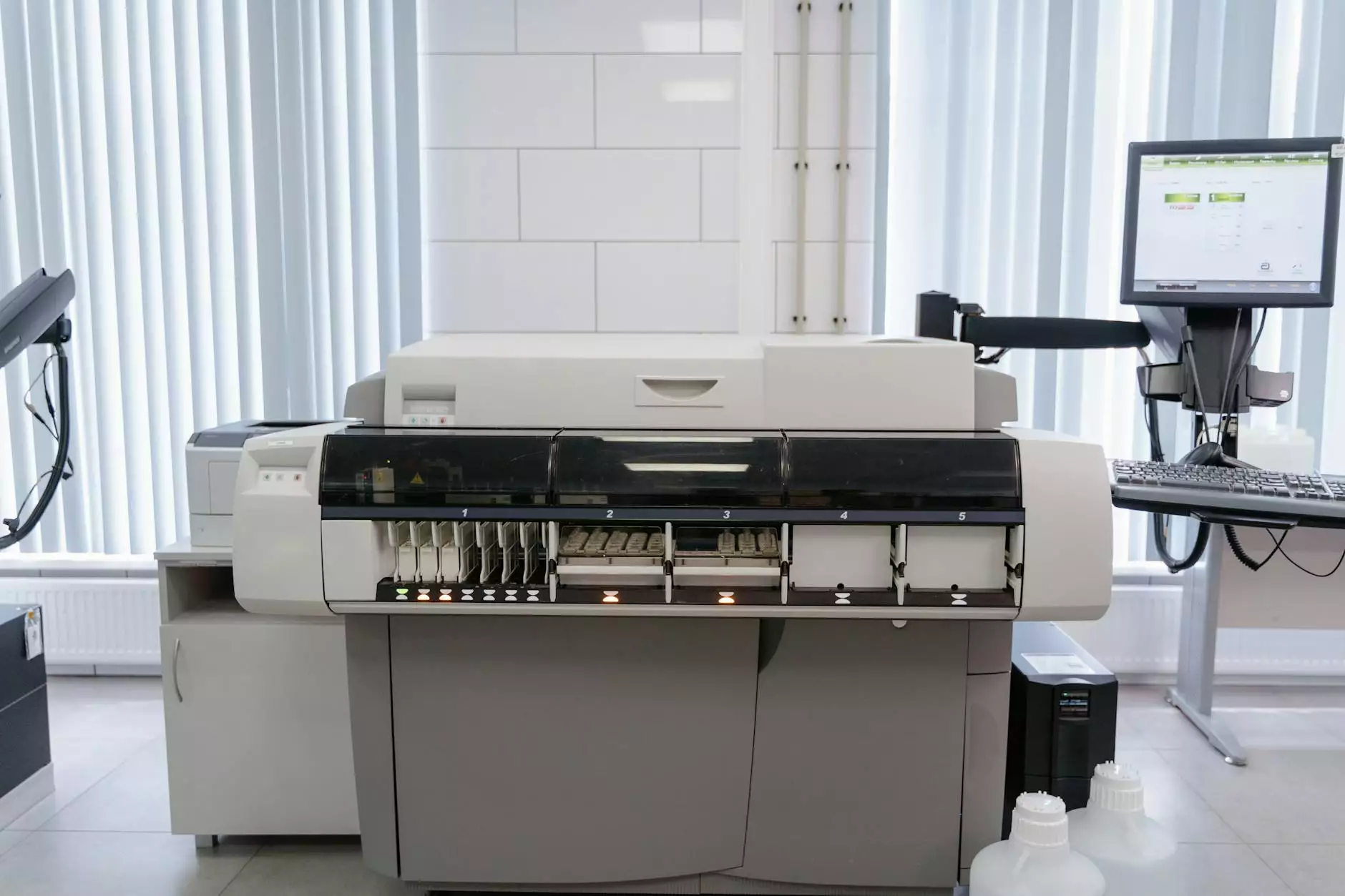The Comprehensive Guide to Adhesive Capsulitis of Left Shoulder

Adhesive capsulitis of the left shoulder, commonly referred to as “frozen shoulder,” is a condition characterized by stiffness, pain, and restricted range of motion in the affected shoulder joint. It is a condition that can impact your daily activities and significantly diminish your quality of life. This article aims to provide a thorough understanding of adhesive capsulitis, exploring its causes, symptoms, treatments, and rehabilitation strategies.
What is Adhesive Capsulitis?
Adhesive capsulitis occurs when the connective tissue surrounding the shoulder joint becomes thickened and tight, leading to inflammation and stiffness. This can result in decreased mobility and significant discomfort. Although adhesive capsulitis can affect either shoulder, we will focus specifically on adhesive capsulitis of the left shoulder in this article.
Causes of Adhesive Capsulitis of Left Shoulder
The exact cause of adhesive capsulitis is often unclear, but several factors may contribute to its development. Common causes include:
- Injury or Surgery: A shoulder injury or surgery may lead to decreased mobility, which can trigger adhesive capsulitis.
- Medical Conditions: Certain medical conditions, such as diabetes, thyroid disorders, and cardiovascular disease, are associated with a higher risk of developing adhesive capsulitis.
- Immobility: Prolonged immobility of the shoulder, often due to pain or injury, can lead to the gradual tightening of shoulder joints.
- Age and Gender: Adhesive capsulitis is more prevalent in people aged 40 to 60 and is more common in women than men.
Symptoms of Adhesive Capsulitis of Left Shoulder
Individuals suffering from adhesive capsulitis typically experience three stages: freezing, frozen, and thawing. Each stage varies in duration and symptoms:
- Freezing Stage: This stage can last anywhere from 6 weeks to 9 months and is characterized by gradual shoulder pain and increasingly restricted movement.
- Frozen Stage: During this stage, pain may decrease, but stiffness remains, making it difficult to use the left shoulder effectively. This phase can last from 4 to 12 months.
- Thawing Stage: This final stage can last 6 months to 2 years, during which range of motion gradually improves.
Diagnosis of Adhesive Capsulitis
To accurately diagnose adhesive capsulitis of the left shoulder, healthcare professionals typically conduct a combination of physical examinations, medical history assessments, and imaging tests:
- Physical Examination: The doctor will evaluate your shoulder's range of motion and assess areas of tenderness.
- Imaging Tests: X-rays or MRI scans may be ordered to rule out other conditions affecting the shoulder, such as rotator cuff tears or fractures.
Treatment Options for Adhesive Capsulitis of Left Shoulder
Effective treatment for adhesive capsulitis aims to reduce pain and restore range of motion. The following treatment options can be considered:
1. Physical Therapy
Physical therapy is often the cornerstone of treatment for adhesive capsulitis. A physical therapist will design a personalized rehabilitation program that includes:
- Stretching Exercises: These help increase flexibility and mobility of the shoulder joint.
- Strengthening Exercises: As range of motion improves, strengthening exercises can help support the shoulder joint.
- Manual Therapy: Techniques used by a therapist to mobilize and manipulate shoulder tissues effectively.
2. Medications
Several medications can help alleviate pain and inflammation associated with adhesive capsulitis:
- Nonsteroidal Anti-Inflammatory Drugs (NSAIDs): Common over-the-counter options include ibuprofen and naproxen.
- Corticosteroid Injections: These can be injected directly into the shoulder joint to reduce inflammation and promote healing.
3. Heat and Cold Therapy
Applying heat or cold to the affected shoulder can provide relief from pain:
- Heat Therapy: Heat packs can help relax the muscles around the shoulder.
- Cold Therapy: Ice packs can help reduce swelling and inflammation.
4. Surgical Options
In cases where conservative treatments do not yield satisfactory results, surgical options may be considered:
- Manipulation Under Anesthesia: The doctor manipulates the shoulder while the patient is under anesthesia to break up adhesions.
- Arthroscopy: This minimally invasive procedure involves inserting a small camera to remove adhesions and improve joint mobility.
Managing Adhesive Capsulitis at Home
In addition to professional treatment, there are several strategies that individuals can apply at home to manage adhesive capsulitis:
- Continue Gentle Exercise: Engage in a regular stretching routine to maintain mobility.
- Stay Active: Avoid prolonged periods of inactivity to prevent stiffness from worsening.
- Apply Nursing Practices: Ensure to use proper techniques for lifting or using the affected arm, reducing further stress on the joint.
Conclusion: Living with Adhesive Capsulitis of Left Shoulder
Adhesive capsulitis of the left shoulder can be a challenging condition to manage, but understanding its implications and implementing appropriate treatment strategies can lead to successful outcomes. With the right combination of physical therapy, medications, and home management practices, many individuals can achieve significant improvements in their shoulder mobility and overall comfort.
If you are experiencing symptoms consistent with adhesive capsulitis or have been diagnosed with this condition, consult with a healthcare professional to discuss the best treatment options available to you. Through comprehensive care and effective rehabilitation, you can regain your shoulder's function and return to your daily activities without pain.
For more information and resources regarding adhesive capsulitis treatment options, contact us at IAOM-US.



